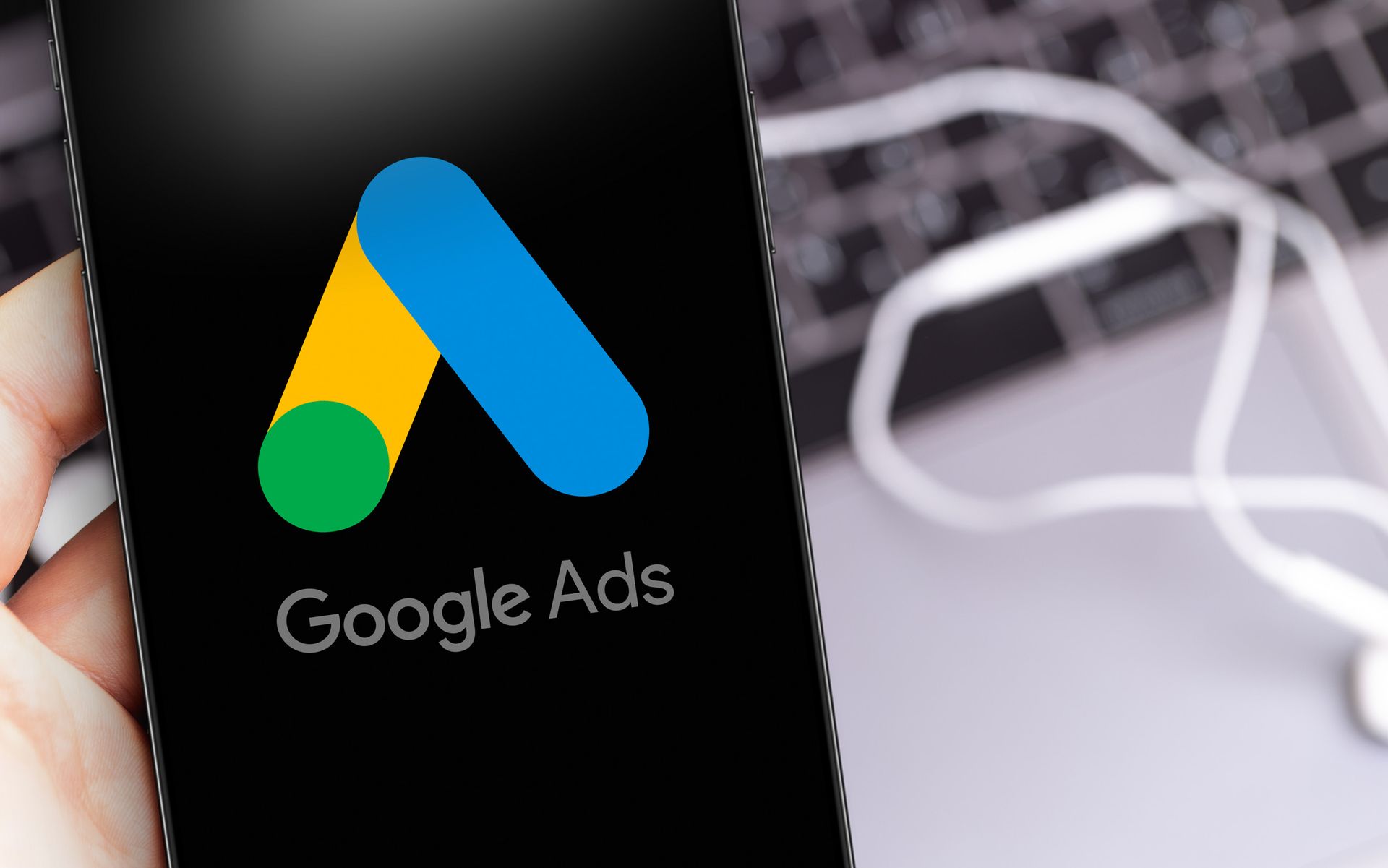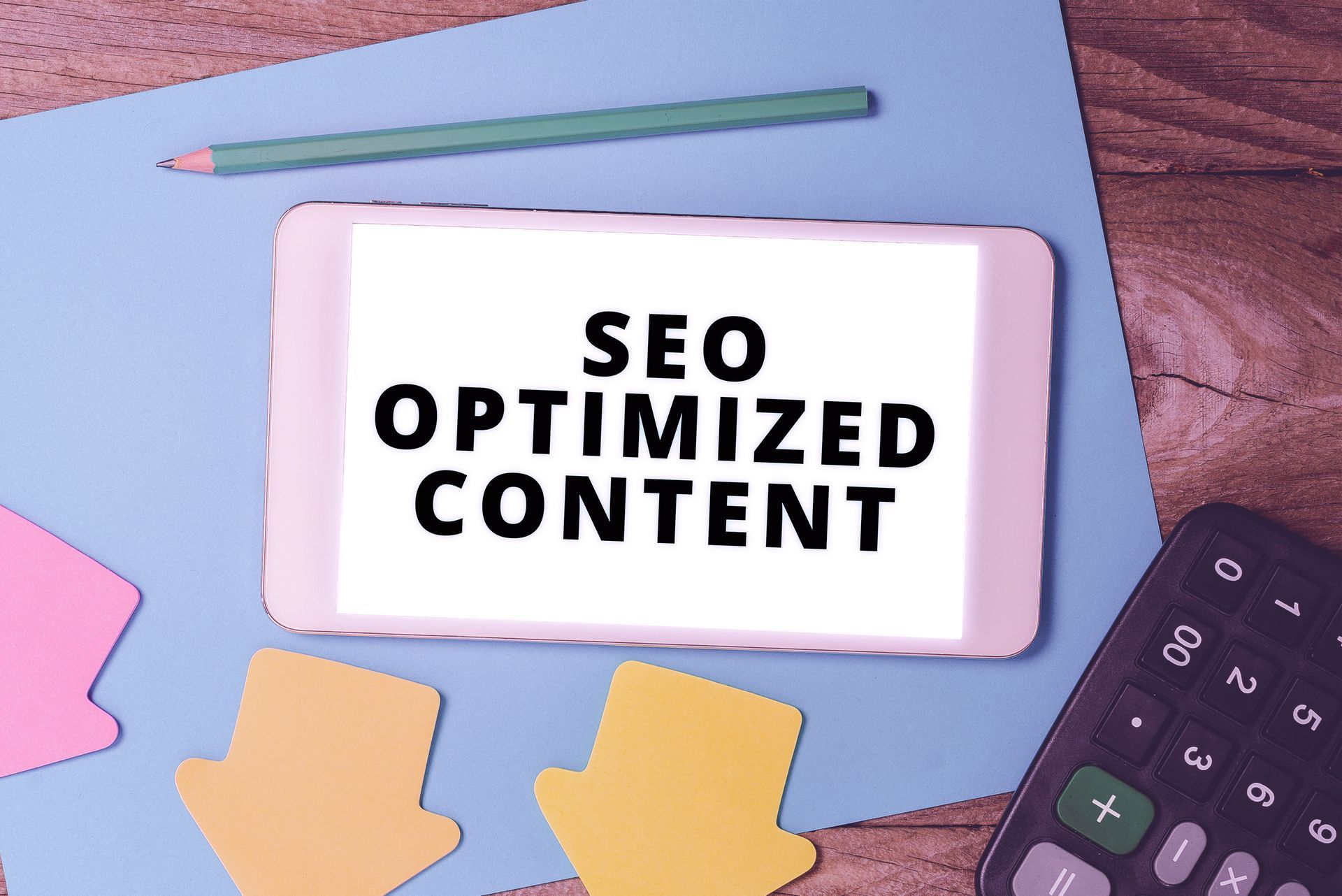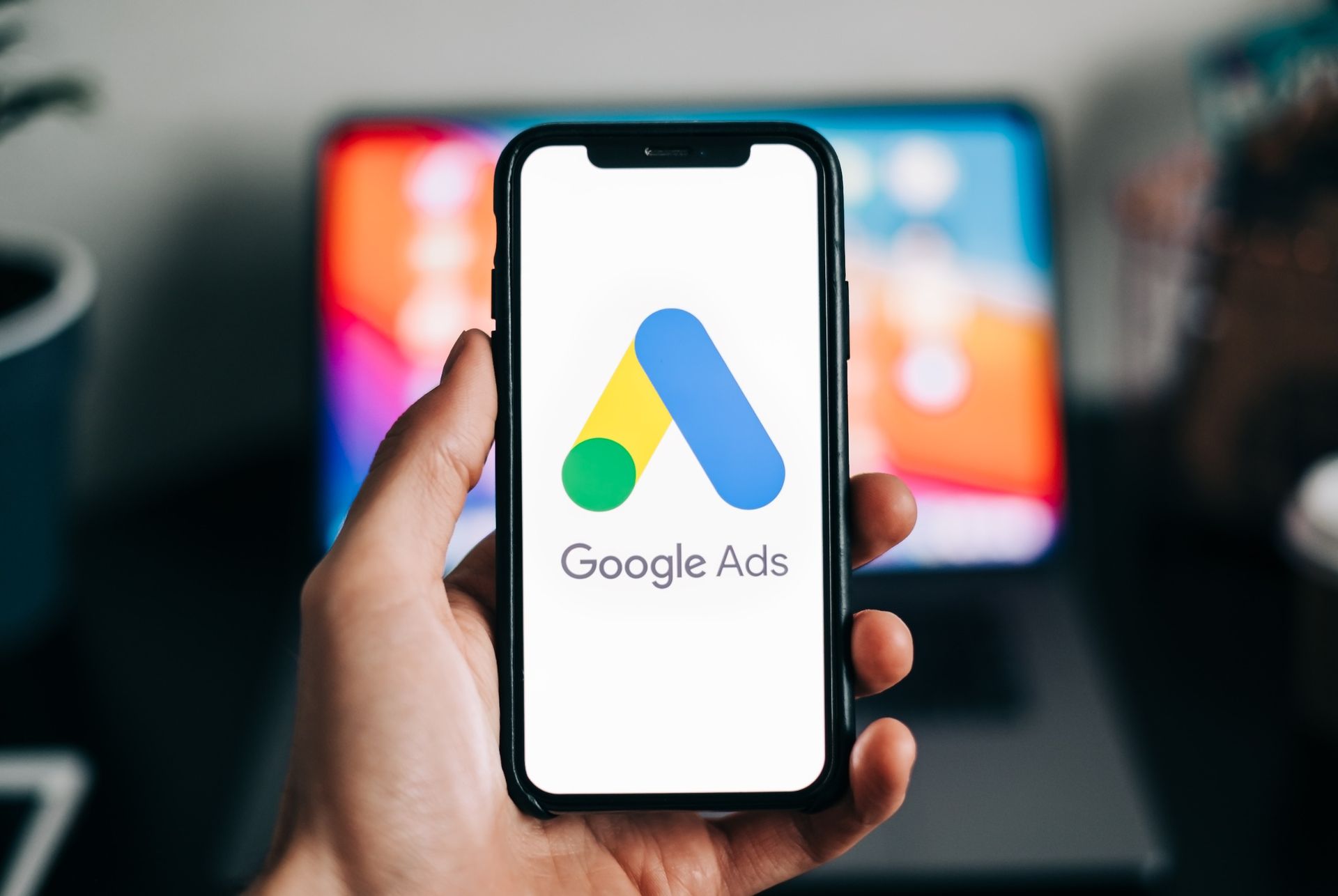Zip Through the Web Faster with These Web Design Practices for Speedy Load Times
Website speed is crucial for both user satisfaction and search engine rankings. A skilled web design agency Sunshine Coast can implement design strategies that enhance your site’s loading speed. Additionally, working with a Sunshine Coast digital marketing agency ensures your website is optimized for both speed and performance, delivering fast load times across devices. From image compression to code optimization, these design tips can help create a faster, more efficient website that keeps visitors engaged and improves your business’s online visibility.
In the world of instant gratification, slow-loading websites are a major turn-off. They not only frustrate visitors but can also drive them away, potentially costing you valuable traffic and revenue.
For middle-income individuals and businesses exploring web design practices, creating a site that loads quickly isn't just a luxury—it's essential.
This blog post aims to provide actionable tips and tricks to help your website load faster.
Understanding Website Load Times
What is Page Load Time?
Page load time is the duration it takes for a web page to fully display its content. This includes everything from text and images to scripts and stylesheets. The goal is to make this process as quick as possible.
Factors Affecting Load Time
Several factors influence page load times, including server speed, image sizes, and the number of HTTP requests. Understanding these factors can help you identify what needs fixing to improve load speeds.
Measuring Load Time
There are various tools to measure your website's load time, such as Google PageSpeed Insights, GTmetrix, and Pingdom. These tools not only measure load times but also provide insights into what's slowing your site down.
Compress Images for Faster Loads
The Role of Images in Load Times
Images are often the largest files on a webpage, significantly impacting load times. While images are essential for visual appeal, they need to be optimized to avoid slowing down your site.
Techniques for Image Compression
You can use tools like TinyPNG or JPEG-Optimizer to compress images without losing quality. Another option is to use image formats that support compression, such as WebP.
Lazy Loading for Efficiency
Lazy loading is a technique where images load only when they appear in the user's viewport. This reduces the initial load time and improves the user experience, especially on long, image-heavy pages.
Minimize HTTP Requests
What are HTTP Requests?
Every element on a webpage—images, stylesheets, scripts—requires an HTTP request to load. The more HTTP requests, the longer the load time.
Reducing the Number of Requests
You can reduce HTTP requests by combining files, such as merging multiple CSS files into one. Another method is to use CSS sprites, which combine multiple images into a single file.
Tools for Minimizing Requests
Tools like Gulp or Webpack can help automate the process of minimizing HTTP requests. These tools can concatenate files, minify code, and optimize assets, all of which contribute to faster load times.
Optimise CSS and JavaScript
Importance of Minification
Minifying CSS and JavaScript involves removing unnecessary characters, such as spaces and comments, to reduce file sizes. Smaller file sizes mean faster downloads and quicker load times.
Combining Files
Another way to optimize CSS and JavaScript is by combining multiple files into one. This reduces the number of HTTP requests, further speeding up your site.
Using Async and Defer
For JavaScript, using the `async` or `defer` attributes can improve load times. These attributes allow the browser to continue loading the page while JavaScript files download in the background.
Leverage Browser Caching
What is Browser Caching?
Browser caching stores certain files locally on a user's device, so they don't have to be downloaded again on subsequent visits. This can significantly reduce load times for returning visitors.
Setting Cache-Control Headers
You can control how long browsers cache your files by setting cache-control headers. This can be done via your web server configuration or using a Content Delivery Network (CDN).
Tools for Browser Caching
Tools like YSlow or GTmetrix can help you analyze your site's caching policies and recommend improvements. Implementing these suggestions can lead to faster load times.
Use a Content Delivery Network (CDN)
What is a CDN?
A CDN is a network of servers distributed globally that deliver content based on the user's geographic location. By serving content from a server closer to the user, CDNs can significantly speed up load times.
Benefits of Using a CDN
Using a CDN not only speeds up load times but also improves reliability and scalability. CDNs can handle large amounts of traffic, making them ideal for high-traffic sites.
Popular CDN Providers
Some popular CDN providers include Cloudflare, Amazon CloudFront, and Akamai. These services offer various plans to suit different needs and budgets, making it easier to find one that fits your requirements.
Optimise Server Response Time
Importance of Server Speed
The speed at which your server responds to requests plays a crucial role in load times. A slow server can bottleneck even the most optimized website, making server speed a critical factor.
Choosing the Right Hosting
Selecting a reputable hosting provider is essential for fast server response times. Look for providers that offer solid-state drives (SSDs) and have a good track record for uptime and speed.
Server-Side Optimization
Optimizing server settings, such as enabling Gzip compression and keeping software up-to-date, can also improve response times. Many hosting providers offer these optimizations as part of their service.
Enable Gzip Compression
What is Gzip Compression?
Gzip compression reduces the size of files sent from your server to the user's browser. This can significantly decrease load times, especially for text-heavy files like HTML, CSS, and JavaScript.
How to Enable Gzip
Most web servers support Gzip compression, and enabling it is usually a matter of adding a few lines of code to your server configuration. Many Content Management Systems (CMS) and hosting providers also offer built-in Gzip support.
Tools for Testing Compression
Tools like Check Gzip Compression or GTmetrix can help you verify that Gzip compression is enabled and working correctly. These tools can also provide insights into further optimization opportunities.
Clean Up Your Code
The Impact of Clean Code
Writing clean, efficient code can significantly impact your website's load times. Bloated, messy code can slow down your site, making it essential to keep your codebase clean and organized.
Tools for Code Cleanup
Tools like HTML Tidy, CSS Lint, and JSHint can help you identify and fix issues in your code. These tools can catch errors, remove unnecessary elements, and suggest improvements.
Regular Maintenance
Regularly auditing and cleaning up your codebase is crucial for maintaining fast load times. Make it a habit to review your code periodically and implement any necessary changes.
Prioritise Above-the-Fold Content
What is Above-the-Fold?
Above-the-fold content is the portion of a webpage that is visible without scrolling. Prioritizing this content can improve perceived load times, as users can start interacting with your site sooner.
Lazy Loading Below-the-Fold
By using lazy loading for below-the-fold content, you can ensure that above-the-fold elements load first. This can significantly improve the user experience and overall load times.
Tools for Prioritization
Tools like Lighthouse and WebPageTest can help you analyze your site's above-the-fold content. These tools provide insights into what elements are loading first and suggest ways to optimize them.
Monitor and Test Regularly
Importance of Regular Testing
Regular testing is crucial for maintaining fast load times. Websites are dynamic, and new content or features can impact performance, making ongoing testing essential.
Tools for Monitoring
Tools like Pingdom, GTmetrix, and Google Analytics offer real-time monitoring and alerts for load times. These tools can help you stay on top of performance issues and address them promptly.
Adjusting Based on Insights
Use the data from your monitoring tools to make informed decisions about optimizations. Regularly review analytics to identify trends and make adjustments as needed to maintain optimal load times.
Fast load times are crucial for delivering a positive user experience and improving your site's performance. By implementing these web design practices, you can ensure that your website loads quickly, keeping users engaged and satisfied.
Is Your Website Still Lagging Behind Despite Your Best Efforts?
It's time to bring in the experts! At Socialyze Marketing, we specialize in optimizing websites for speed and performance. Our team of seasoned professionals can help you implement the best practices outlined in this guide efficiently and effectively.
Ready to take your website to the next level?
Contact Socialyze Marketing today and give your visitors the fast, seamless experience they deserve.









